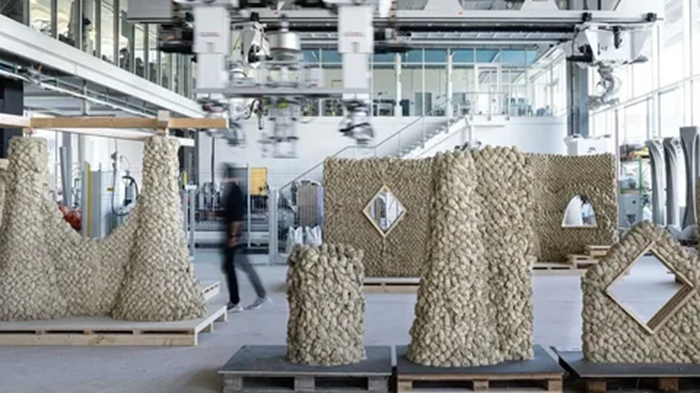Modern construction and digital design technologies make it possible to use natural, environmentally friendly materials in a new way. In addition, they make it possible to create structures that replicate elements or systems of living nature on a much larger scale.
This is important from the point of view of rational use of materials, since in nature the fibrous structures of most load-bearing structures are highly differentiated: the orientation, direction and density of the fibers are precisely adapted to locally occurring loads – the material is not wasted and is not used where it is not needed. The livMatS pavilion is an example of such a building. Its structure was created in the image of some types of cacti, so biologists played an important role in the project, consulting engineers improving modern construction technologies. The area of the pavilion is 46 square meters. The supporting structure consists of 15 elements 4.5-5.5 m long. Each of them was created using a robotic installation that wound flax fiber on a special metal frame, which was then removed. The strength of the structure is ensured by mathematically precise calculation of the location of each fiber. It was also important for the developers that such modern construction technologies not only allow the use of environmentally friendly materials instead of conventional ones, but also make it possible to use exactly as much flax fiber as needed, thereby reducing the amount of waste.
Flax fiber is the main, but not the only building material used in the project. The pavilion is covered with a waterproof polycarbonate film from above, protecting natural environmentally friendly materials from the effects of precipitation and ultraviolet radiation.
The livMatS pavilion is not just an experimental structure. The project was created in accordance with strict German building codes, since it was important for the developers to demonstrate the real possibility of using natural fibers in architecture.
The pavilion is installed in the botanical garden of the University of Freiburg and will be used for lectures.

